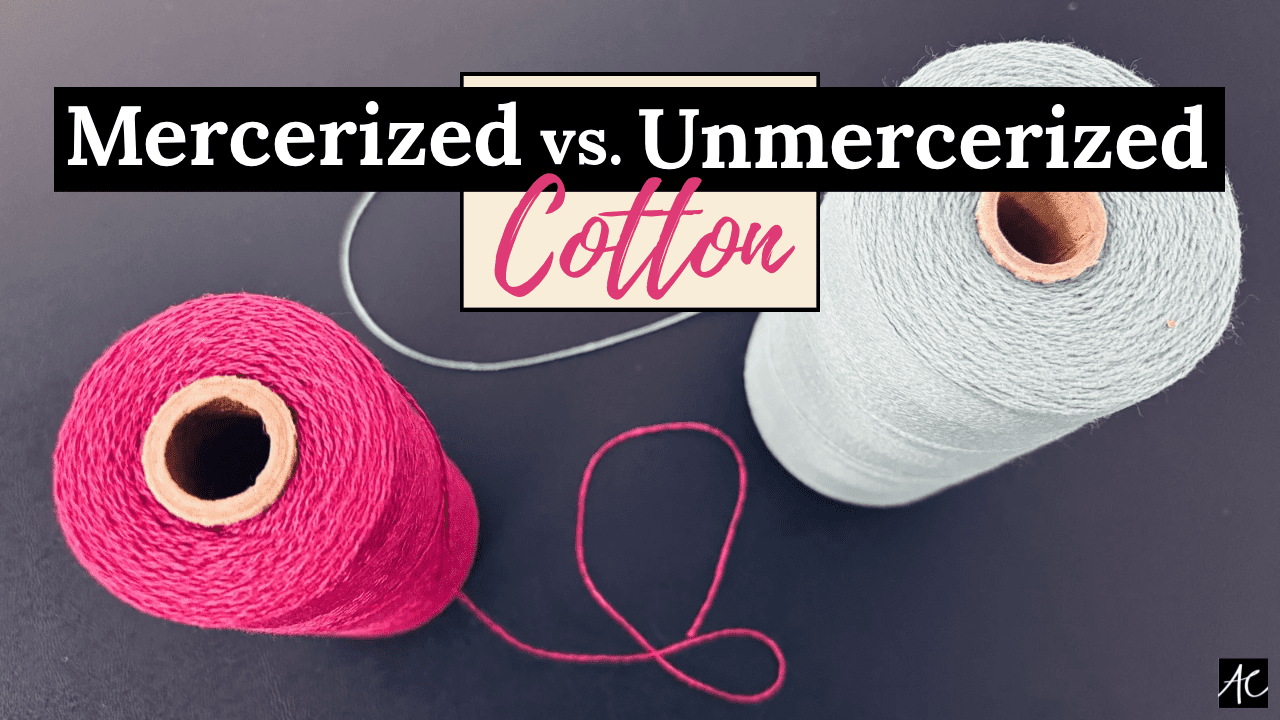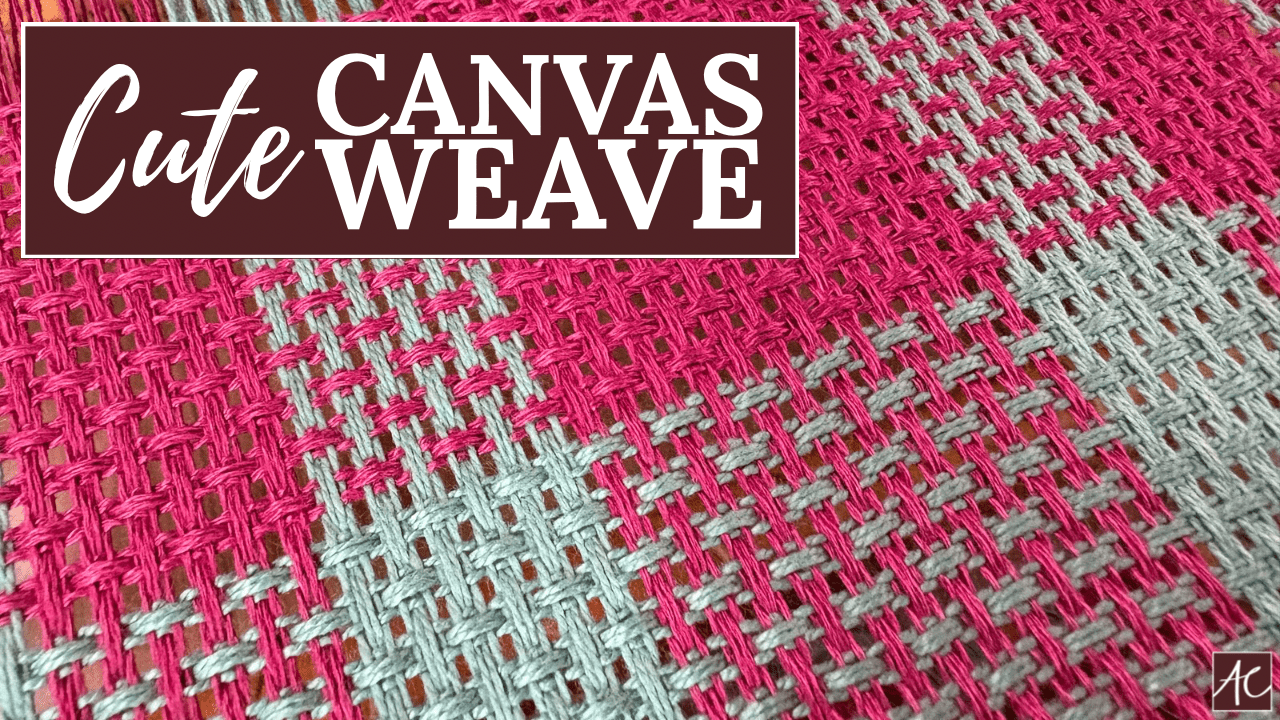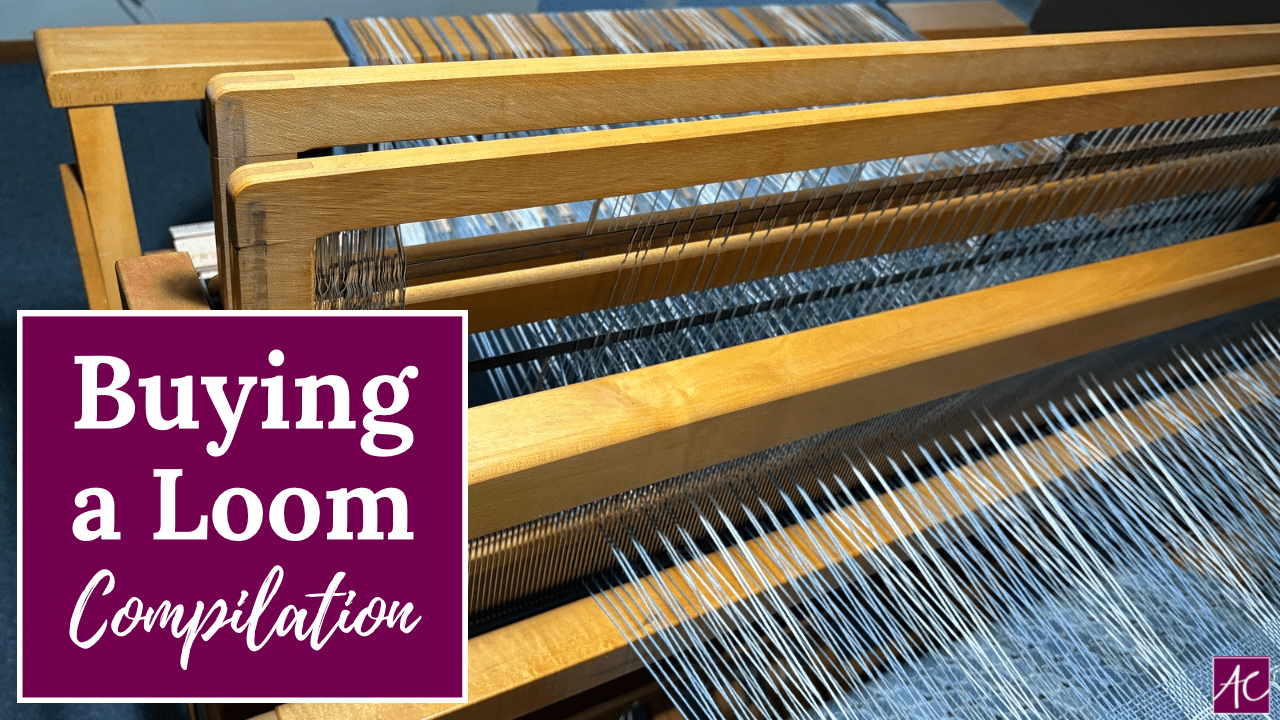Table of contents
Share Post
This is it! We have done all the steps from beginning to end. And now, we are finally finishing our weaving project!
In this episode, the fabric will be cut off and unrolled from the loom. This last step in our 7-part series shows how a bolt of fabric is finally released once it has been woven. Please enjoy this week’s A Handwoven Experience!
Show Notes –
- Planning a project is the 1st step of a weaving project, which include 3 goals – 1) deciding the length of the warp yarns 2) counting how many warp yarns will be in the project, and 3) determining the order.
- Warping a project is the 2nd step of a weaving project where each warp yarn is measured to the same length, and in the correct order. (Typically, this is done on a warping board or mill.)
- Sleying the reed is the 3rd step of a weaving project. Each warp yarn is assigned to a slot (dent) in a reed. The reed’s job is to keep the project at a consistent width in the loom, which is key.
- Threading the heddles is the 4th step of a weaving project when each warp yarn is paired with a shaft in the loom. This step helps set up the options for the pattern of the fabric.
- Winding on is the 5th step of the weaving process. The entire warp is shifted through the loom and then tied on to the back. (Requires a bit of balance and a smidgen of patience.)
- Weaving is the 6th step of a weaving project. In this step, yarns are lifted and lowered, depending on what shaft they are on. A shuttle is tossed from side-to-side, releasing the weft yarn into the fabric. And the beater bar is pulled forward to position the weft yarns and tighten the fabric.
- Finishing is the 7th step of a weaving project. This step is all about releasing the fabric from the loom.



